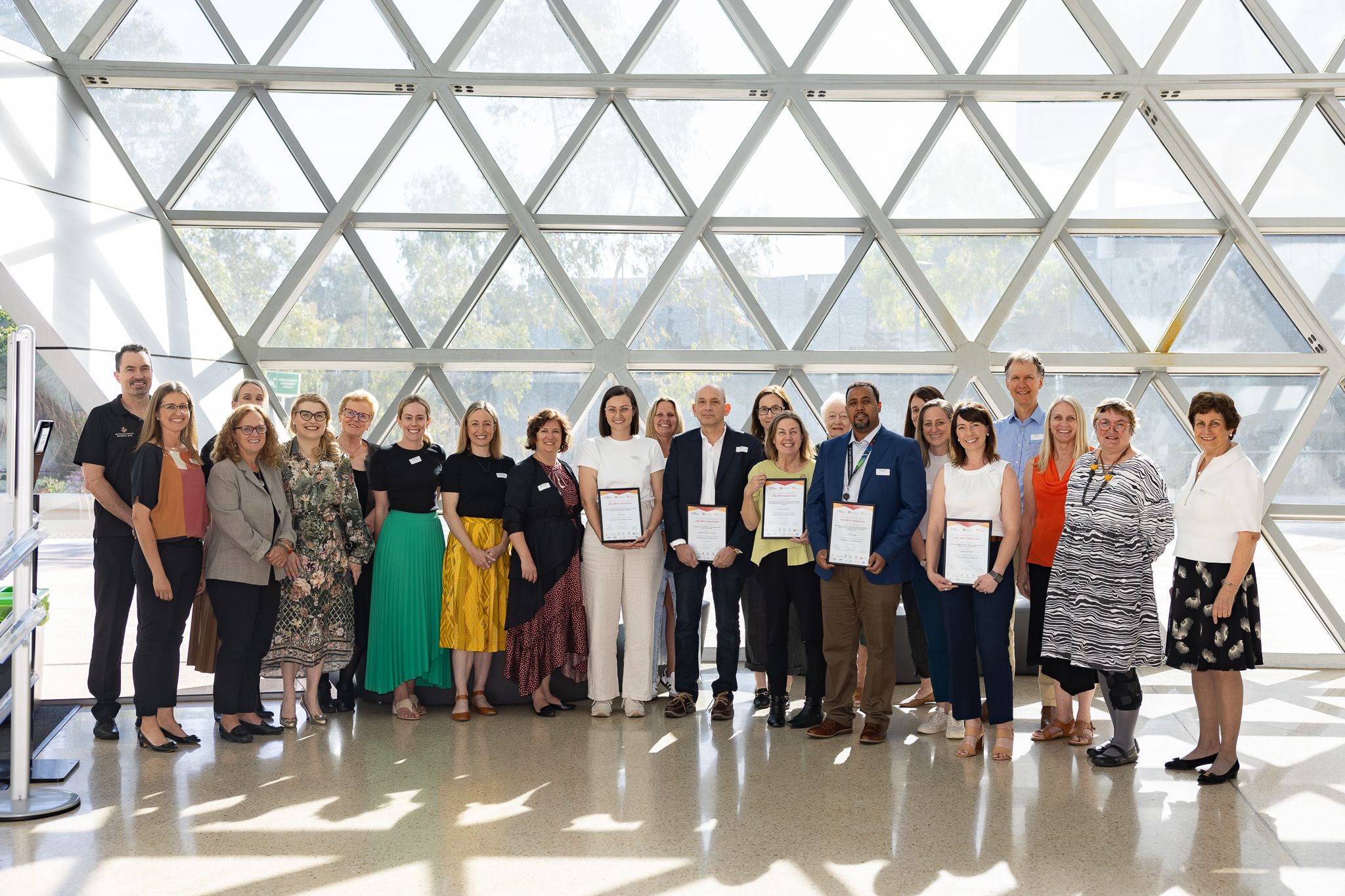- $360,000In 2023 funding round
- 6Projects funded in 2023


The Health Translation SA (HTSA) Medical Research Future Fund (MRFF) Catalyst Grant Scheme (Catalyst Scheme) provides targeted funding to develop a pipeline of collaborative research projects that address health system needs in South Australia and ultimately increase SA’s success at winning MRFF funding.
The Catalyst Scheme is different to existing state-based health research funding schemes in the following ways:
The 2024 Catalyst Scheme will open on May 20th.
Funding for the Catalyst Scheme is provided through generous support from The Hospital Research Foundation Group (THRF Group) the Women’s & Children’s Hospital Foundation (WCH Foundation) and the Cancer Council SA (CCSA), contributing $240 000, $120 000 and $120 000, respectively.
Funding of $20,000 to $60,000 per project is available, for a maximum of 1-year.
2024 Catalyst Funding Streams
Register here to attend the 2024 Catalyst Scheme launch webinar, where you will hear about the scheme, key dates and how to create a competitive application.
To view the full Guidelines, click here.
The MRFF is an important funding source in the health and medical research ecosystem. It is a key objective of HTSA's to funnel more MRFF funding into South Australia, and to build capacity within the SA system to lead projects that can have state-wide and national impact. Additionally, HTSA supports the MRFF's aim of promoting health research translation by assisting research teams to engage meaningfully with consumers, policy makers and health services in order to deliver meaningful outcomes/impact for patients and the community.
The Catalyst Scheme provides targeted funding to research projects that are aligned with the MRFF Principles and Priorities, with the goal of increasing the number of successful SA-led applications to the MRFF.
The objectives of the Catalyst Scheme are to:
Read about the 6 successful 2023 Catalyst Scheme recipients here.
In partnership with The Hospital Research Foundation Group, the Women’s & Children’s Hospital Foundation and the Cancer Council SA, HTSA is leading and coordinating the MRFF Catalyst Grant Scheme.
Please fill this form and our team will contact you.